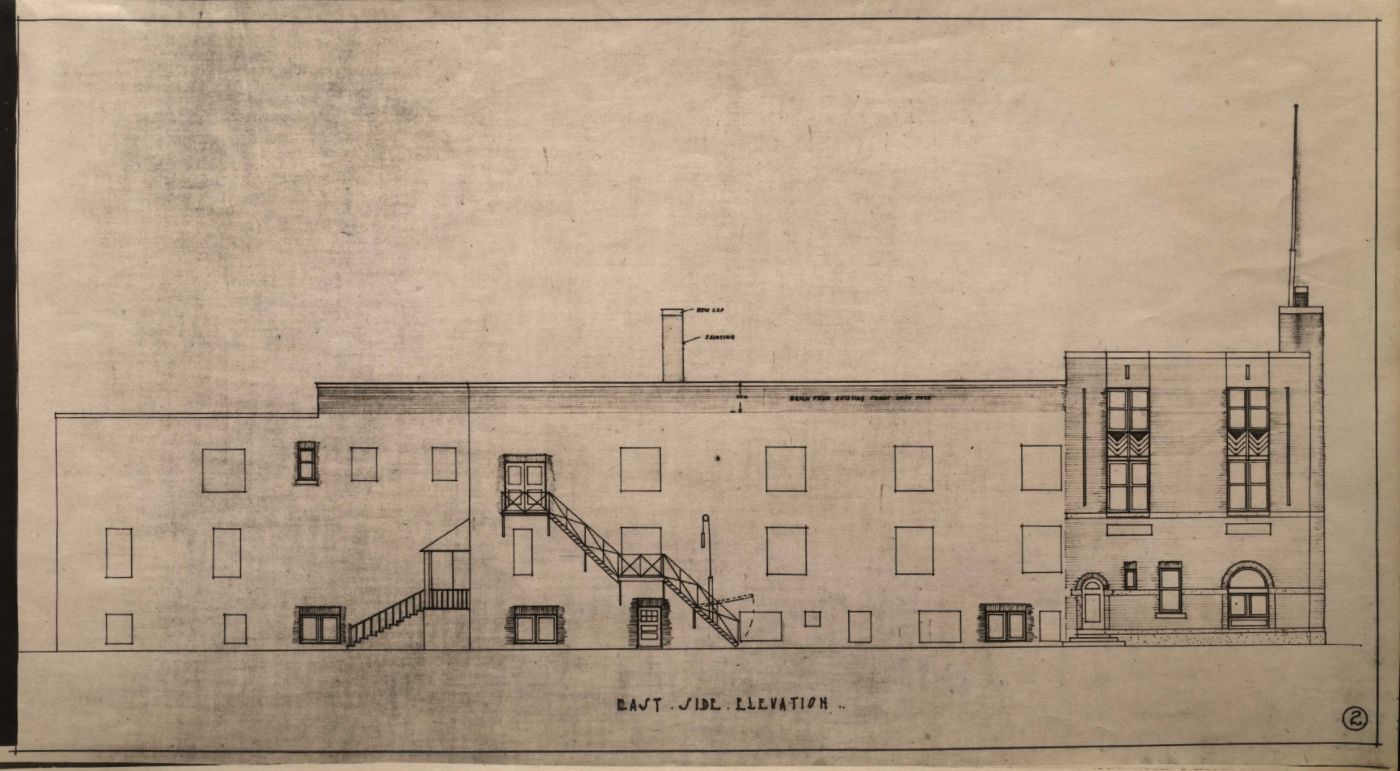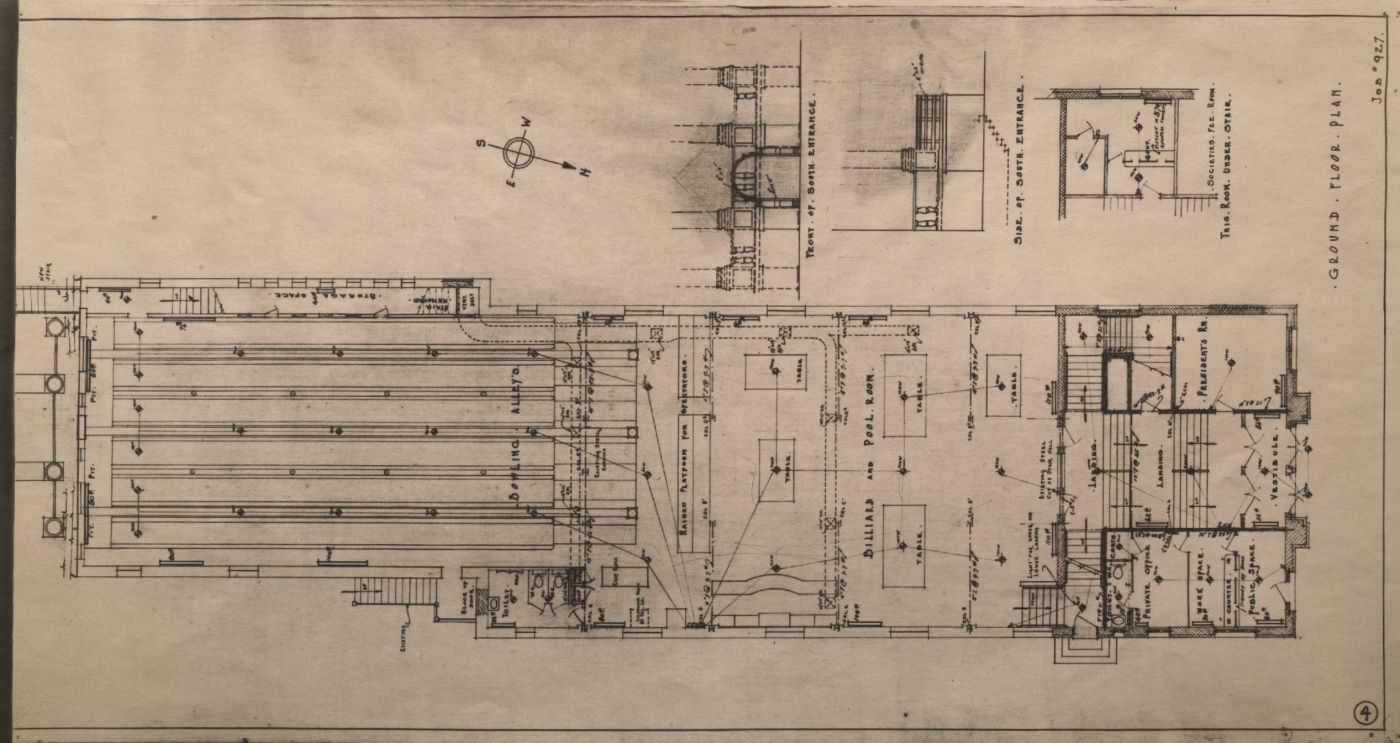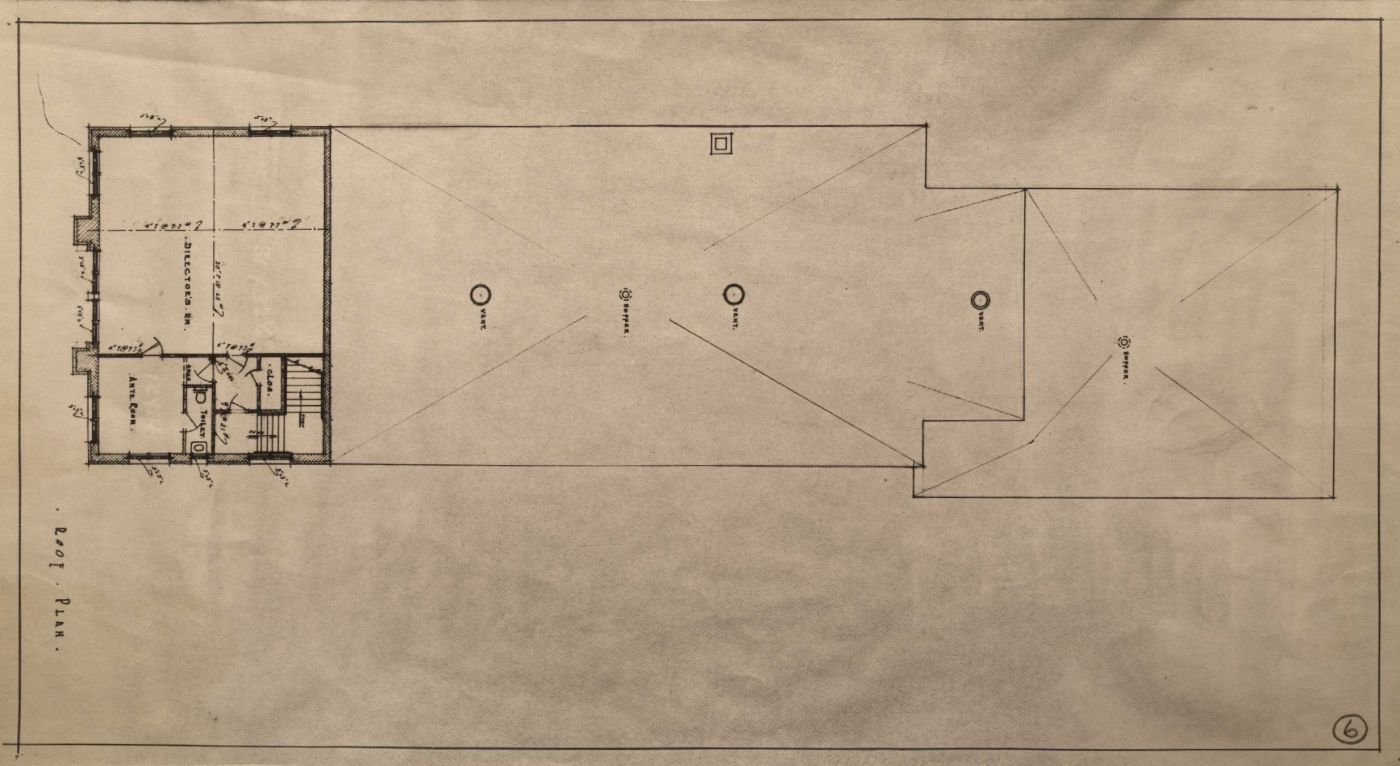Parish Priest Jean-Baptiste-Théodore Alleau has great ambitions for his young parish when he takes the reins in 1873. As soon as Sainte-Anne Church is ready for the first services, he decides to add an annex as a place for parishioners to meet. Sainte-Anne Hall is built the following year, in 1874. With its entertainment areas, spaces for offices and meetings and auditorium for performances, lectures and major celebrations, the “salle des Francs-Canadiens,” as it is called at the time, becomes a centre of French life in Ottawa.
The Cercle de la salle, founded in 1890, stages theatrical performances, which are a resounding success. In 1894, the building is enlarged, and a new stage added, inaugurated with a performance of the play Les pirates de la savane by French author Anicet Bourgeois. Other memorable performances include Félix Poutré. When it is presented in 1904, it is not yet known that the individual considered a hero of the 1838 rebellion is actually a traitor in the pay of the authorities, and that the laudable “memories” that inspire Louis Fréchette to write the play are false. Félix Poutré is performed throughout French Canada at the time, but later banned.
Sainte-Anne Hall is so successful that a 1911 parishioners meeting results in a decision to build a new building: a three-storey brick structure positioned alongside the church to the west, between Saint-Patrick Street and Anglesea Square. The new building is inaugurated in 1912, on the eve of the promulgation of Regulation 17. The history of the parish, produced by Lucien Brault on the occasion of its centenary, focuses more on the speakers who come to talk in Ottawa during this difficult period in our history – Lionel Groulx, Henri Bourassa – than its cultural activities.
Damaged by a fire in November 1920, the building is immediately restored, in time to celebrate the 50th anniversary of the founding of the parish. But it is rebuilt without an amphitheatre. It is not until 1932, when the hall catches fire once again, that a theatre “equipped with modern accessories”1 is added to the structure. The major Lowertown urban renewal project of the 1960s finally gets the better of what was once an important centre of French life in the capital. People leave the neighbourhood, the parish languishes, and Sainte-Anne Hall is demolished in 1982.
1 Lucien Brault, Sainte-Anne d’Ottawa. Cent ans d’histoire. 1873-1973, Ottawa, Imprimerie Beauregard, 1973, p. 55 (translated from the original).





